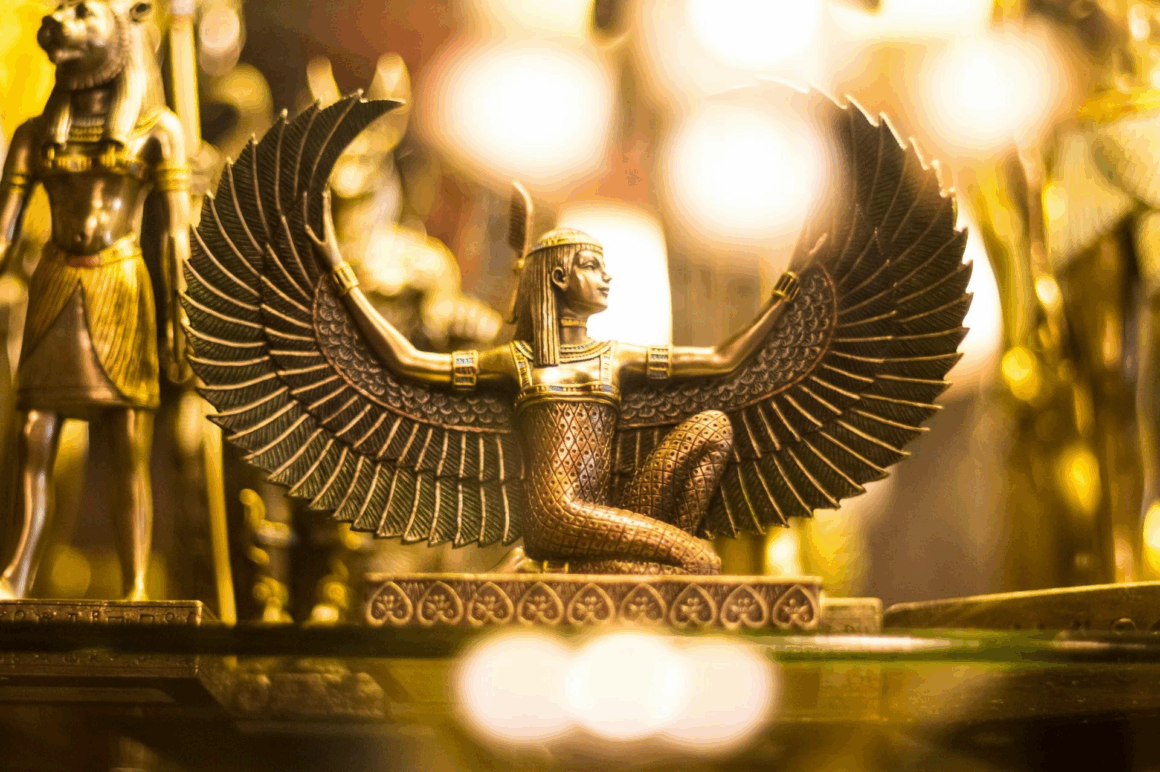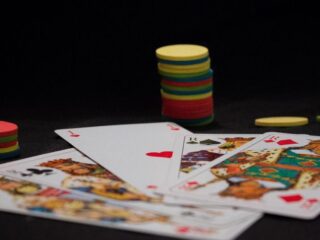
There’s a common trend going on with games. For example, open any slot game catalog and you’ll spot them immediately: golden pyramids, pharaohs in ornate headdresses, scarab beetles, and the Eye of Horus.
Egyptian themes dominate gaming to an almost ridiculous degree. But this obsession isn’t new, and it’s not limited to slots. From Assassin’s Creed Origins to indie puzzle games, developers keep returning to ancient Egypt. A typical example is the Book of Ra, with its unique themes.
What makes this 3,000-year-old civilization such an enduring draw? Read on!
Mystery Sells
Ancient Egypt offers something most historical periods don’t: genuine mystery. But there’s still so much we don’t know. Lost tombs keep turning up, while Hieroglyphics hint at more knowledge. That gap between what we understand and hidden knowledge creates the perfect storytelling fuel.
Gaming thrives on mystery and discovery. Egyptian settings let developers tap into that sense of uncovering secrets.
It could be spinning reels to reveal hidden treasures or exploring tombs. The civilization practically wrote its own lore, complete with curses, buried gold, etc.
Visual Gold Mine
From a pure design perspective, ancient Egypt is a gift. The aesthetic is instantly recognizable and visually striking. Bold colors, especially gold and deep red, create fun contrasts.
The art style is distinctive. Those profile figures and symbolic imagery translate to beautiful graphics.
One research from the Smithsonian Institution showed that Egyptian art was designed to be eternal and easily readable. That makes it perfect for modern gaming interfaces.
Clear symbols and powerful imagery are backed with meaning. For example, a scarab isn’t just a beetle; it represents transformation and rebirth. An ankh isn’t just a cross; it symbolizes life itself.
Built-In Narrative Structure
Egyptian mythology comes with ready-made storylines. Gods with animal heads battling for supremacy. Journeys through the afterlife. Pharaohs entombed with items they’d need in the next world.
Developers don’t need to create mythology from scratch. They can adapt thousands of years of long-standing stories.
The Nostalgia Factor
Many gamers borrowed from museum visits or animated movies. There’s a childhood wonder associated with mummies and hidden chambers. Gaming taps into that nostalgia.
Cleopatra or Tutankhamun in games are more than historical figures. They reconnect you to the version of yourself that found this stuff magical.
It Just Works
Egyptian themes have proven successful for decades. When a game with pharaohs and pyramids consistently performs well, everyone takes notice. Success breeds imitation, and the cycle continues.
Developers know players respond to these themes, so they never stop. The aesthetic works across different types of games. Even puzzle games use hieroglyphic matching. Also, action games use tombs and battle ancient guardians. The Egyptian theme is flexible enough to fit many genres.
Conclusion
Ancient Egyptian themes aren’t going anywhere. Developers love the combination of mystery, visual appeal, ready-made mythology, and proven success. Moreover, players show no sign of wanting anything different.
Each generation gets to experience Egypt anew. The pyramids have stood for millennia. Their presence in gaming seems just as permanent.











